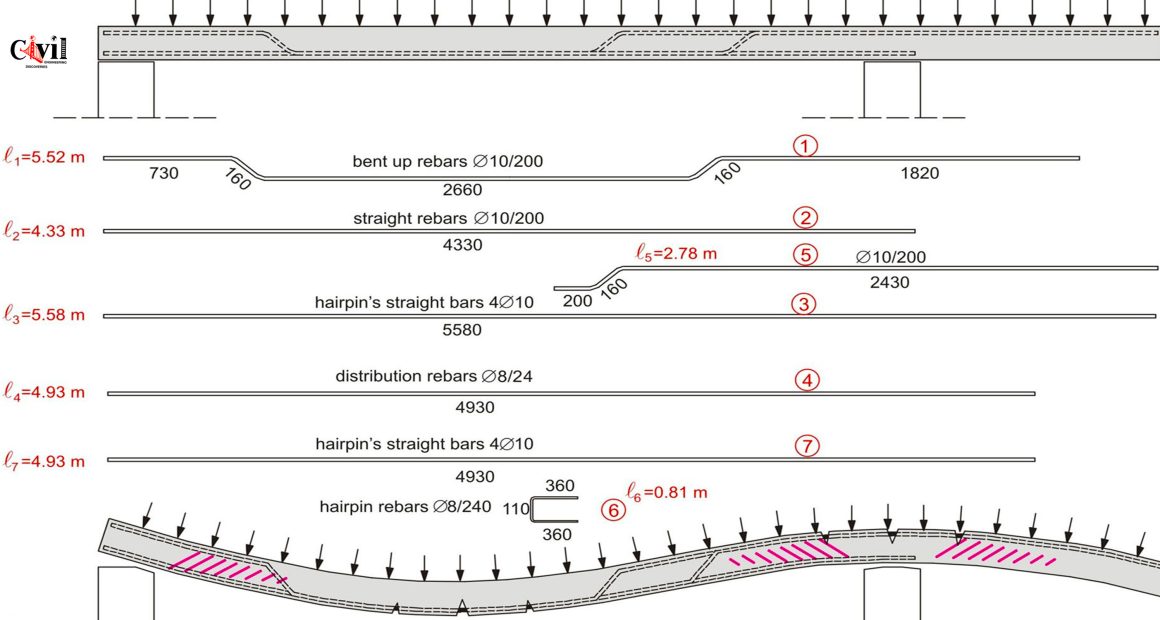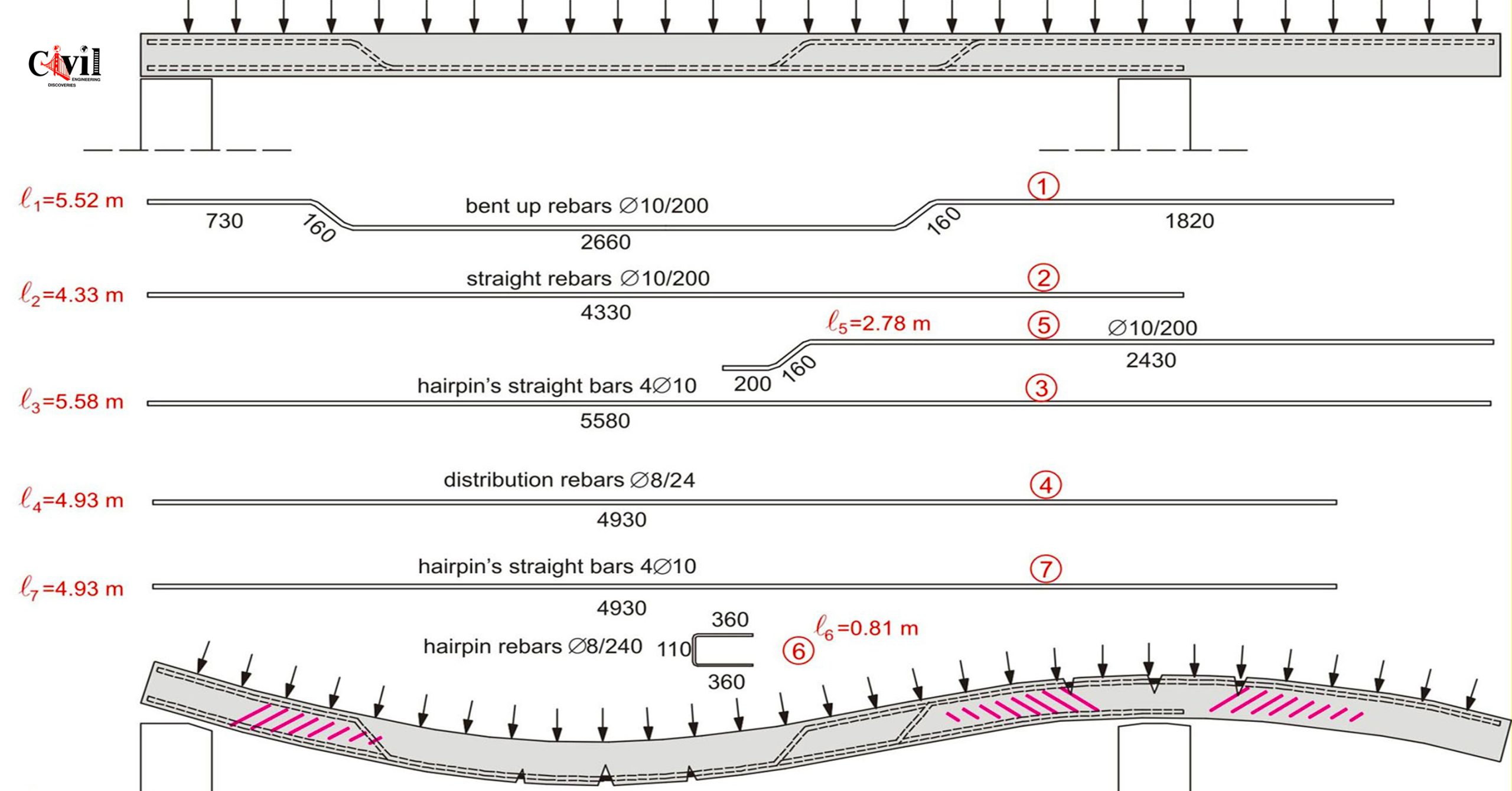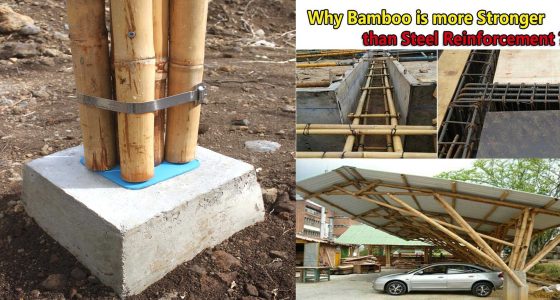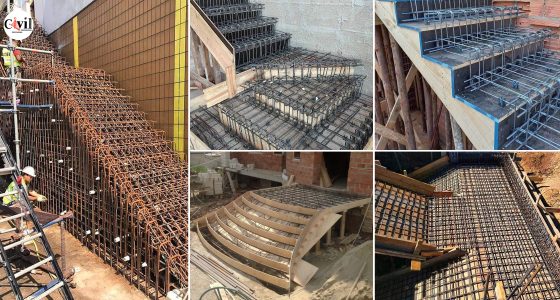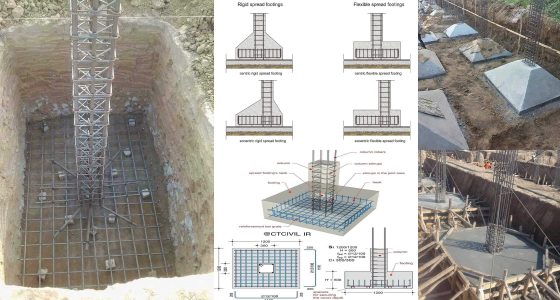For civil engineers, understanding the key details of RCC (Reinforced Cement Concrete) slabs is essential for successful design and construction. Accurate load calculations are crucial to determine the appropriate slab thickness and reinforcement requirements, ensuring the structure can support both live and dead loads. Selecting high-quality materials, such as cement, aggregates, and reinforcement steel, is vital for the slab’s durability. Proper placement and spacing of reinforcement bars, as specified in the design, help prevent structural issues like cracking and deflection. Adequate cover for reinforcement is necessary to protect it from corrosion and fire damage. Effective formwork is needed to maintain the slab’s shape and dimensions, while proper curing techniques enhance the concrete’s strength and longevity. Additionally, designing expansion and contraction joints helps manage thermal movements. Thorough supervision during concrete pouring and compaction ensures uniformity and prevents voids, contributing to the overall safety and performance of the RCC slab.
You May Also Like
31+ Crazy Houses Without Engineers
Fails in construction are rare but when it happens don’t you wonder…
- 2.5M views
Why Bamboo Is More Stronger Than Steel Reinforcement?
Bamboo has quite a high tensile strength. It is comparable with steel.…
- 1.6M views
35+ Photos Showing The Ultimate Stair-Making Skills
Construct stairs is not just a phrase people use to show they…
- 946.1K views
Reinforcement Detailing Of Isolated Footing
There are different types of foundation based on no. of a factor.…
- 817.1K views
